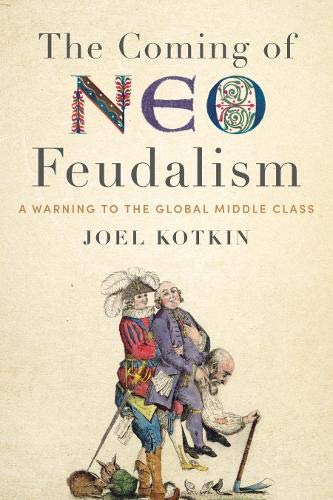Low fares and more bus service, rather than urban rail, is the key to improving transit ridership in Los Angeles. That conclusion can be easily drawn from a recent installment of transportation consultant Thomas A. Rubin and Professor James E. Moore II in their series on transit in Los Angeles. This article covers Improving Bus Service and Reducing Fares have Greatly Increased Transit Use in Los Angeles as part of a series entitled A Critical Review of Los Angeles Metro’s 28 by 2028 Plan being published by the Reason Foundation and its earlier installments were covered in a previous New Geography article. read more »
Geography
Denver’s Subsidized Housing Scheme Gets It Wrong On Affordability
Thanks to an urban-growth boundary, Denver has a housing affordability problem. Apartment rents have increased by 65 percent in the last decade, while the nationwide cost of living in that time rose by just 18 percent and rents nationwide increased by an average of 28 percent. read more »
- Login to post comments
The Fabric of Character
Our world is changing faster than ever before. As our relationships to work, place, information, place, and most importantly, each other, have massively shifted, we are stuck in an uncertain place yearning for a common ground. Can fostering character formation in these uncertain times spark meaningful change in people's lives? read more »
- Login to post comments
The Nation’s Worst Transit Agencies
The Antiplanner has often called San Jose’s Valley Transit Authority (VTA) the nation’s worst transit agency (with some competition from DC Metro). It would be nice, however, to confirm that with hard data. The question is what are the best ways to measure agency performance? read more »
- Login to post comments
New York, Los Angeles and Chicago Metro Areas All Lose Population
There was big news in the 2018 population estimates just released on metropolitan areas in the United States. For the first time all three of the largest metropolitan areas lost population. This unprecedented development includes New York, Los Angeles and Chicago. All of the other 12 top metropolitan areas in the nation increased their population, including Detroit, which has lost population in many years. read more »
- Login to post comments
A What If - The Chicago White Sox and Armour Field
(In the mid-1980's the Chicago White Sox were struggling on many levels -- to win on the field, to excite a fan base, and to upgrade their old home ballpark. That spurred them to push for a stadium deal either in the Chicago area or elsewhere. The Sox nearly moved to suburban Addison until the promise of a new stadium was narrowly defeated in a referendum, and nearly moved to Tampa Bay until the Illinois State Assembly intervened. That deal brought us the Guaranteed Rate Field the Sox have today, which opened in 1991. read more »
- Login to post comments
Demographia World Urban Areas: 2019: Population, Land Area & Urban Densities
The 2019 update of Demographia World Urban Areas, just released, provides population, urban land area, and average urban density estimates for the known 1,072 urban agglomerations with 500,000 or more residents (called “larger urban areas: in this article). The report can be downloaded here. read more »
- Login to post comments
College Graduates Concentrated in Suburbs, Highest Educational Attainment in CBDs
The nation’s high-density central business districts of the major metropolitan areas have the largest shares of adults over the age of 25 with bachelor’s degrees or higher, which is consistent with popular perception. At the same time, because such a small percentage of people live in the central business districts, by far the most bachelors degree and higher adults live in the suburbs. read more »
- Login to post comments
Why Are Some People in the Rust Belt So Resistant to Change?
Aaron Renn wrote a great piece over at his Urbanophile blog entitled The Challenge of Change. In it, he discusses some of the negative reaction that he got to his recent post on Kokomo, Indiana and its Mayor Greg Goodnight’s efforts to reinvent the city using what Renn describes as “the model of the working-class/creative-class, blue-collar/white-collar synthesis that many believe we need today.” read more »
Killing the California Dream
Californians need to give up on their dream of a “ranch-house lifestyle” and an “ample backyard” and the state should become “more like New York City,” writes LA Times columnist George Skelton (reprinted in the Mercury-News and East Bay Times in case you run into the LA Times paywall). After reading his article, the Antiplanner has just one question: Why? read more »
- Login to post comments




















